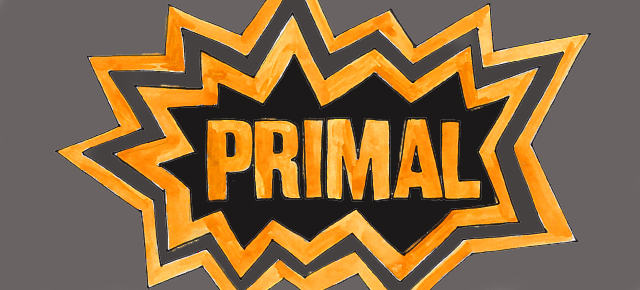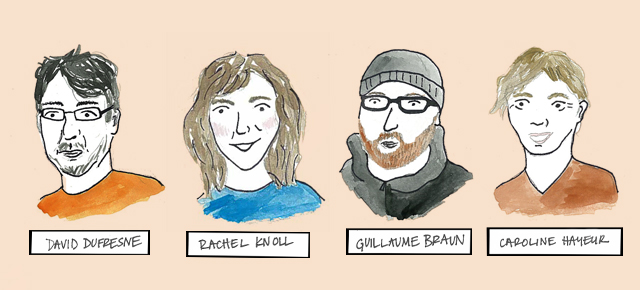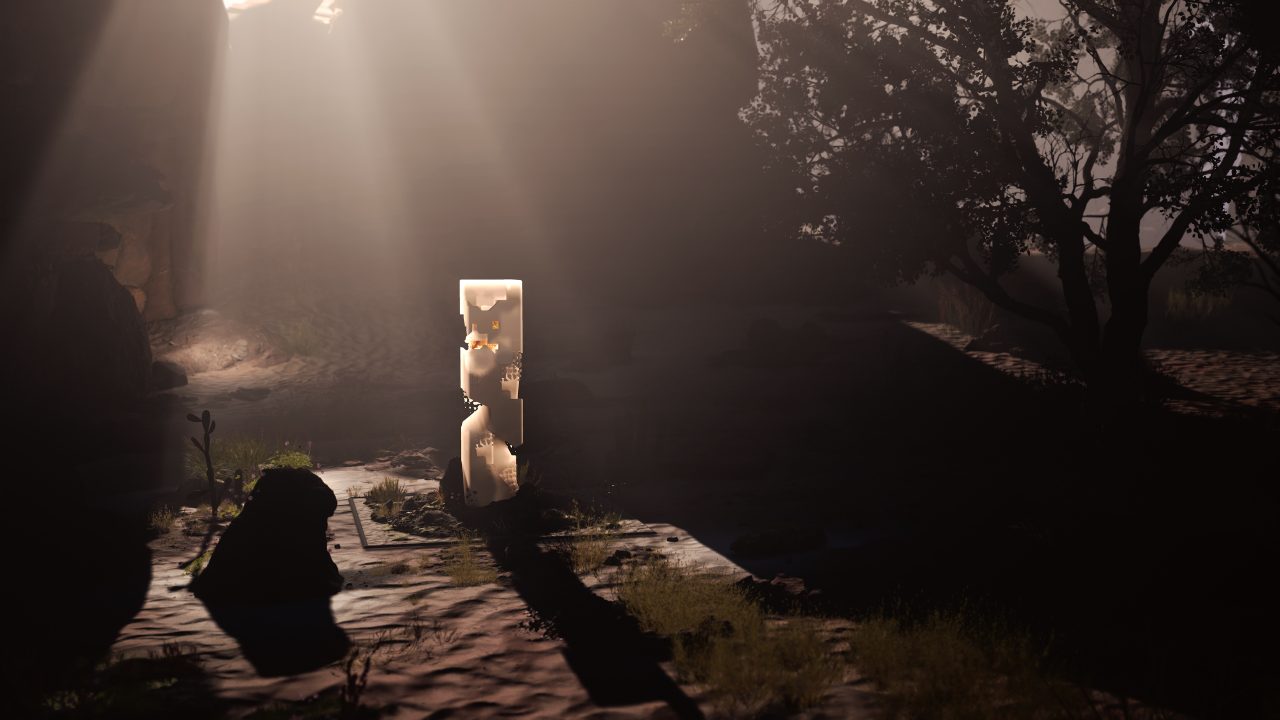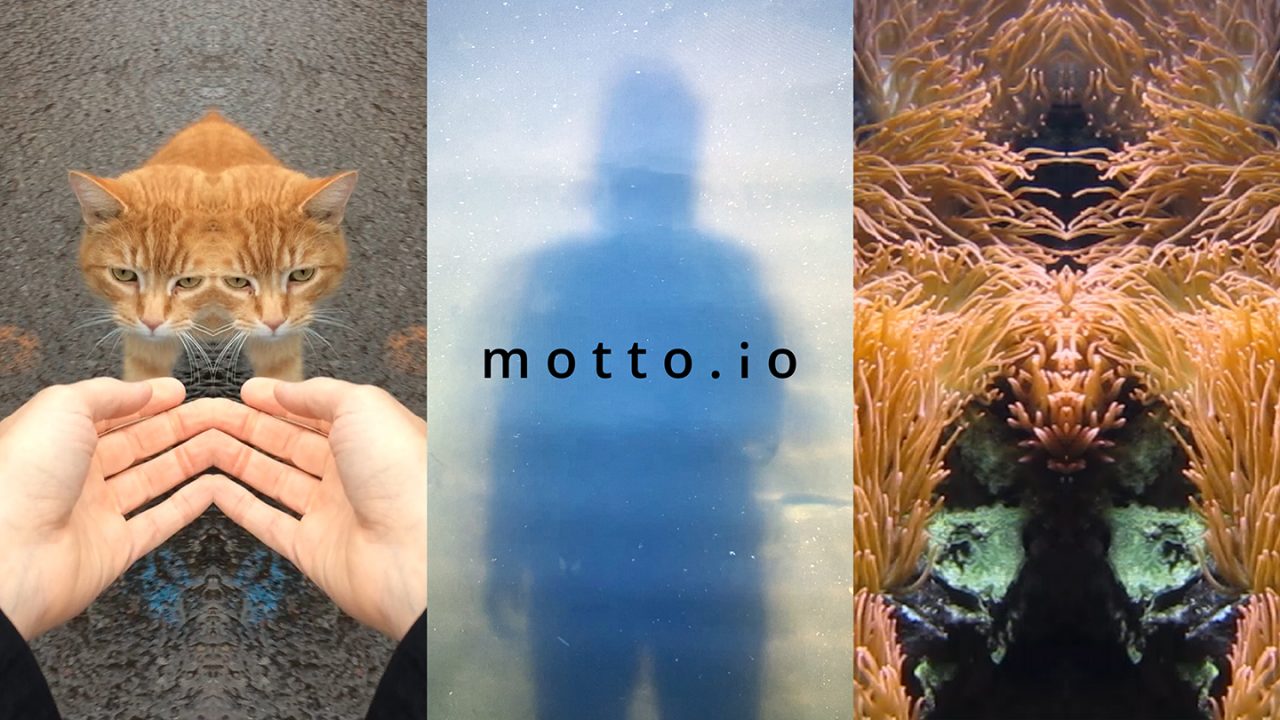
Public participation in web docs as seen by 4 creators
Public participation in web docs as seen by 4 creators
During a recent trip to New York (so jet-set!) I was walking through Williamsburg as a young Millennial—worthy of this designation with my third wave $5 cup of coffee in hand—when I came across the Brooklyn Art Library, which houses all of the works of the Sketch Book Project. I freaked out. Every wall was covered with hundreds of sketchpads created by people from around the world: 31,487 people from over 135 countries, to be precise. It’s the first participatory project that piqued my curiosity a few years ago, and I could not believe to what extent it had grown. And that’s the end of that slice-of-life story.
Well, almost. Personally, this is the kind of thing that inspires me the most: participatory projects that become tangible, that exist in “real life”, away from the screen and the Internet. In the same vein, I invite you to have a look at Candy Chang’s projects—some of which you might recognize, like Before I Die—or Rachel Knoll and her lonely megaphone in the forest, or an incredible exhibit called The Happy Show by Stefan Sagmeister. Closer to home, my favourites are ALL of the Daily Tous les Jours projects. #fangirling
Form + content = metaphor
Social media has made communications much easier and more efficient, but reaching out to an audience and building a community requires having more than a trick up one’s sleeve. Here at the NFB’s interactive studio, we constantly adapt our strategies, our platforms, and our social media that targets. And still, even with a strong strategy, only 10% of visitors left a trace of their participation in the project they visited.
Not every one of our documentary projects are necessarily participatory, in the sense where we don’t always require user-generated content (UGC). At times, the UGC lives away from the project, complementary to it. At other times, the UGC is the project. The challenge remains, however, the same in all instances: that the form and content of participation are combined in a metaphor that reinforces the purpose of the project.
Primal: an eternal collective scream
Last week, we launched Primal, an entirely participatory project.
To introduce the topic, and to reach out to our targeted audience of teenagers aged around 16, we launched an eternal scream challenge: we asked participants to record and upload their own screams. The difficulties we faced were numerous for this type of project. First, without participation, there would be no project! Then, we found ourselves with the challenge of moderating participation. If we were to listen to our cowboy co-producers from Folklore, we definitely wouldn’t have moderated at all, but as the NFB, we didn’t have a choice! It’s important to ask these kinds of questions at the beginning of the process because they have impact on the scriptwriting.
If you’re interested, take a look at The Johnny Cash Project and Eternal Moonwalk, our two main sources of inspiration for Primal.
Anyhow, I won’t reveal the punchline; come this way and scream! Restrain yourself, however, if you work in a library.
Interview: Tell us about participation!
There are almost as many forms of participation as there are participatory projects. So I asked several creators working in the interactive realm to share their experiences. David Dufresne (Fort McMoney), Guillaume Braun (A Journal of Insomnia), Caroline Hayeur (Primal, 24 poses féministes), and Rachel Knoll (Listen and Repeat) were happy to answer my questions. (Thanks guys!).
What is the added value of engaging the audience in a work?
David Dufresne: In the case of Fort McMoney, we had to create democracy in a region where the voting rate is the lowest in Canada. Playing [Fort McMoney, the interactive docu-game] is a lever of awareness. Or at least it can be.
Guillaume Braun: Having the audience be active and at the heart of a work allows for the validation of a user’s own angle and content. This allows for the right content to come to the right audience. For A Journal of Insomnia, this allowed us to have a privileged link with insomniacs, to validate the direction we were taking, but also to correct course when we were off track. Now, the project continues every time someone contributes to it. Having the public involved in a work is a bit like the cardiac rhythm of a project.
Caroline Hayeur: I work in cultural mediation with youth, adolescent groups, and social groups. [Participation] allows creating a bridge with the public; it creates links and allows for the connection of a group or a community with an artistic form—and most of all, a mode of questioning.
Rachel Knoll: My work playfully questions contemporary culture, social behaviours, and new technologies. Public participation seems to be necessary at times to communicate ideas—mostly for projects where the audience itself is the subject. For instance, in Listen and Repeat, the content collected via Twitter is quite dark. However, it is also representative of the way that social media was used at the time.
What challenges do you face when the public participates?
David Dufresne: Since the advent of Facebook, nothing is more difficult, alas, than to build a community. The major obstacle was in precisely this: how to attract a sufficient critical mass to the game.
Guillaume Braun: The topic of insomnia is a very delicate one. It is often very difficult to accept a condition or problem that one is dealing with, and even more so to talk to others about it. It’s ven harder to talk about it for an NFB project in front of one’s computer. We realized this during the selection process of subjects for the documentary shoot. It was extremely difficult to find individuals.
Caroline Hayeur: Cultural mediation is a meeting (between an audience and an artist) that requires the involvement of all stakeholders. The artist must implicate themselves, and the participants who decide to embark on the project must do so as well.
Rachel Knoll: We cannot know how people will interact with a project. Based on our experiences as a human interacting with other humans, we can roughly estimate how a work is received, especially if we’re familiar with the topic and the target audience.
And how do you solve these problems?
David Dufresne: Nearly a year before the launch of Fort McMoney, Toxa, Arte and NFB producers began to develop partnerships with international press. Another key aspect was the role of our game masters, who led the debate for two months, helped players tweet, discuss… and discuss more. It seems that this “live” aspect contributed much to the enjoyment of the hardest-working players. Obviously, [participation] requires a lot of time, energy, and therefore means.
Guillaume Braun: The egocentric visual atmosphere [experienced by] the user, the very minimalist and disembodied art direction, the sound atmosphere—very mind-blowing and abstract—and the voice of Marie Brassard as well as the various response options available to users (drawings, webcam, text) have helped us a great deal.
Caroline Hayeur: It’s a journey and it requires support.
Rachel Knoll: I am trying to create a physical presence for ideas—to release them from the digital world. I want to make these ideas as accessible as possible to a given audience. I compromise, I become hyper-sensitive to the public and to whom I’m targeting, as well as to the environment in which my work will take place. I find out a lot about the history of my subject, and how other artists approached them in the past.
And you? What are the creative solutions you found to increase the participation in your projects?





